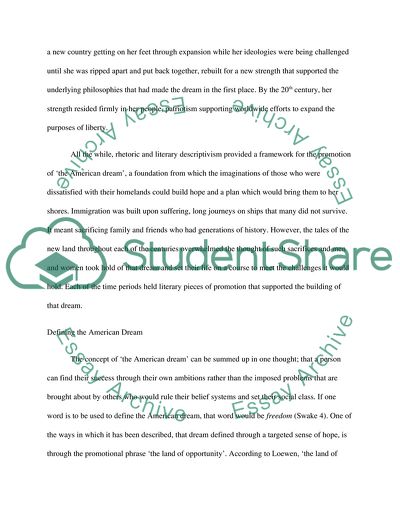Cite this document
(Evolution of the American Dream Thesis Example | Topics and Well Written Essays - 3000 words, n.d.)
Evolution of the American Dream Thesis Example | Topics and Well Written Essays - 3000 words. https://studentshare.org/social-science/1747225-evolution-of-the-american-dream
Evolution of the American Dream Thesis Example | Topics and Well Written Essays - 3000 words. https://studentshare.org/social-science/1747225-evolution-of-the-american-dream
(Evolution of the American Dream Thesis Example | Topics and Well Written Essays - 3000 Words)
Evolution of the American Dream Thesis Example | Topics and Well Written Essays - 3000 Words. https://studentshare.org/social-science/1747225-evolution-of-the-american-dream.
Evolution of the American Dream Thesis Example | Topics and Well Written Essays - 3000 Words. https://studentshare.org/social-science/1747225-evolution-of-the-american-dream.
“Evolution of the American Dream Thesis Example | Topics and Well Written Essays - 3000 Words”. https://studentshare.org/social-science/1747225-evolution-of-the-american-dream.


